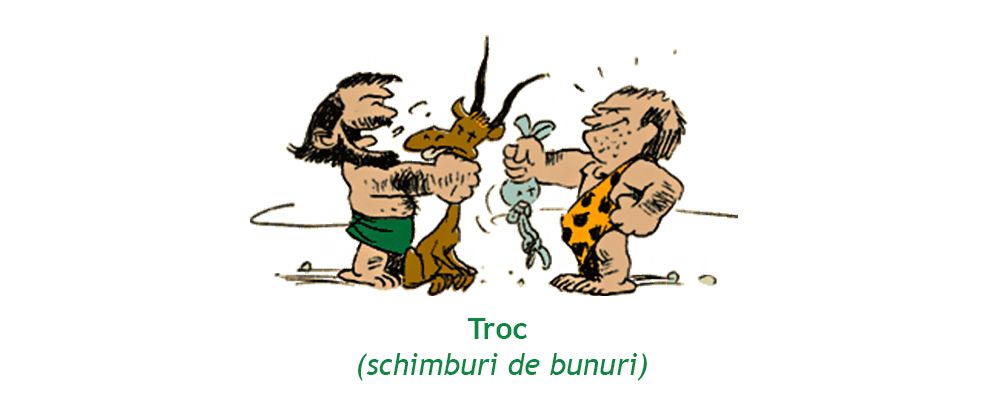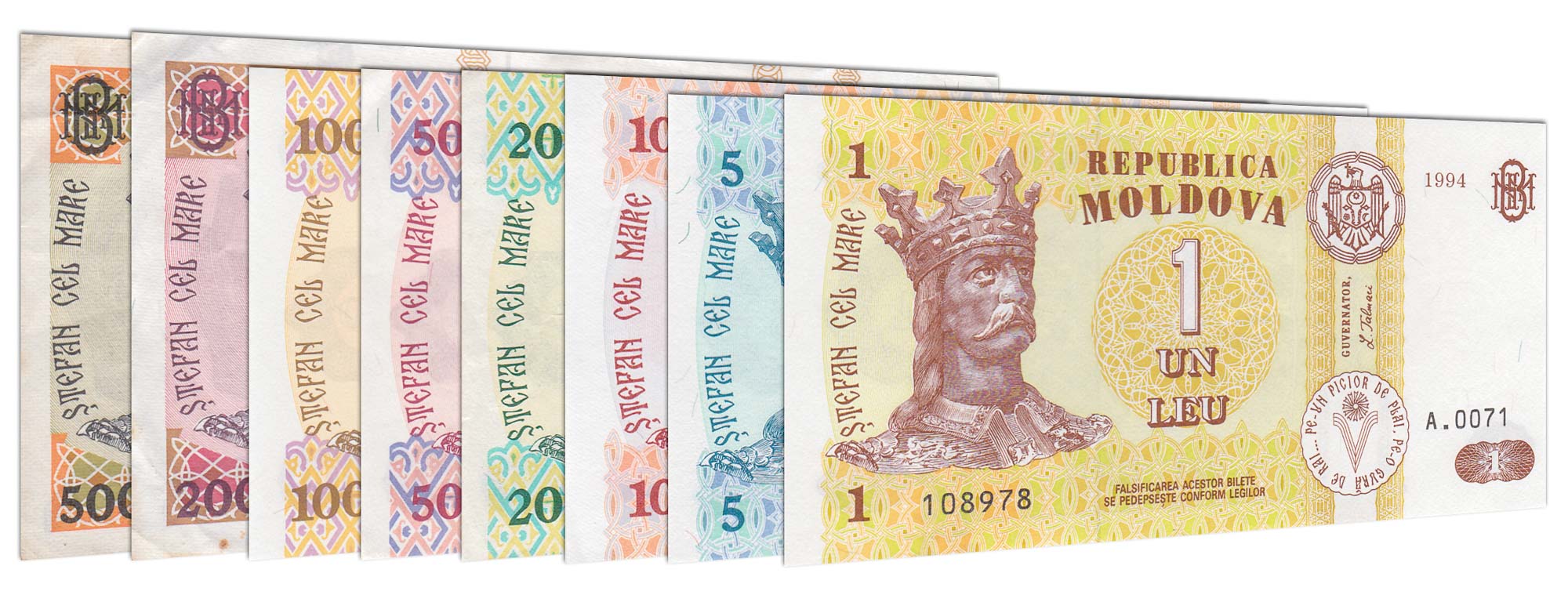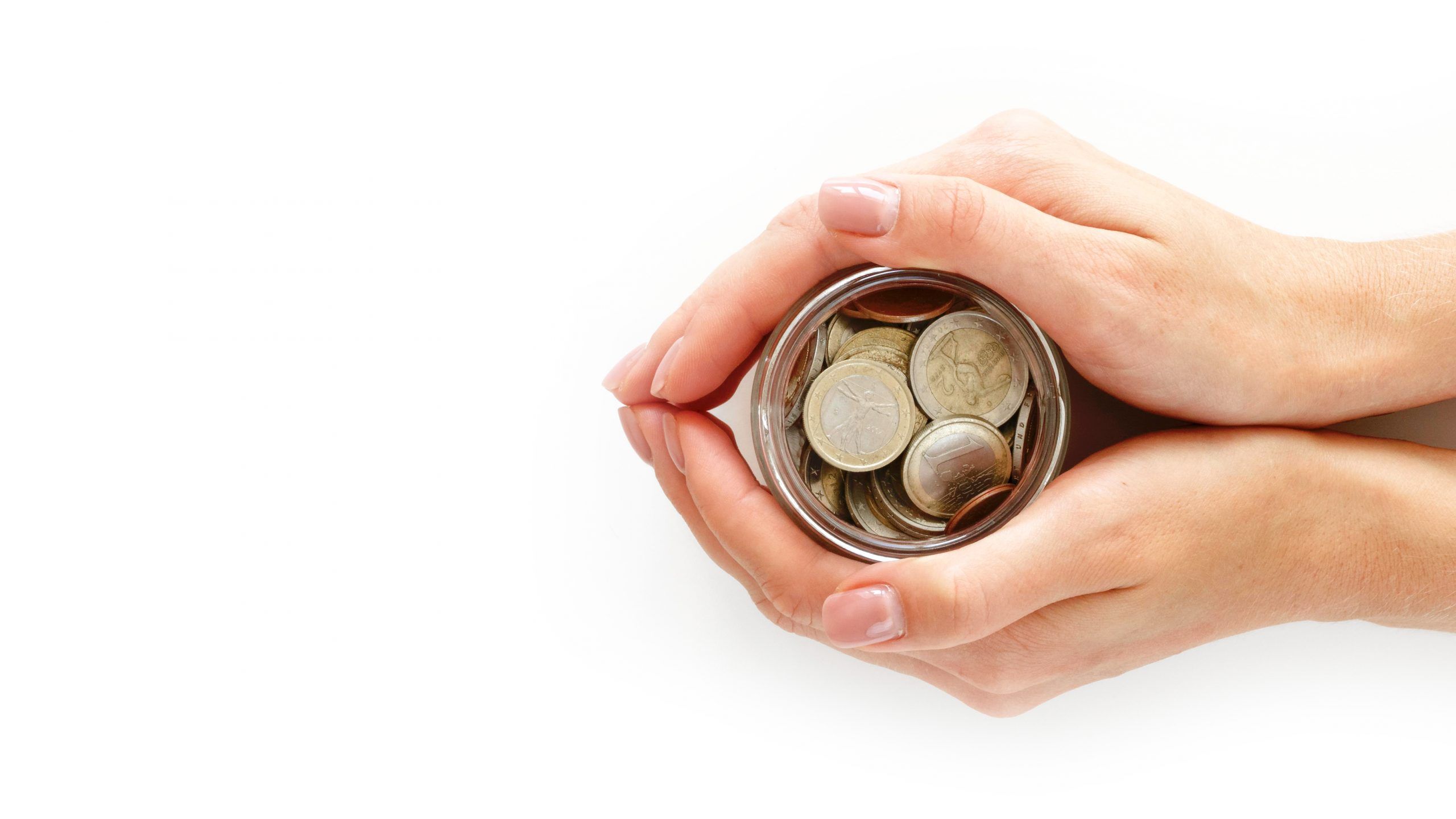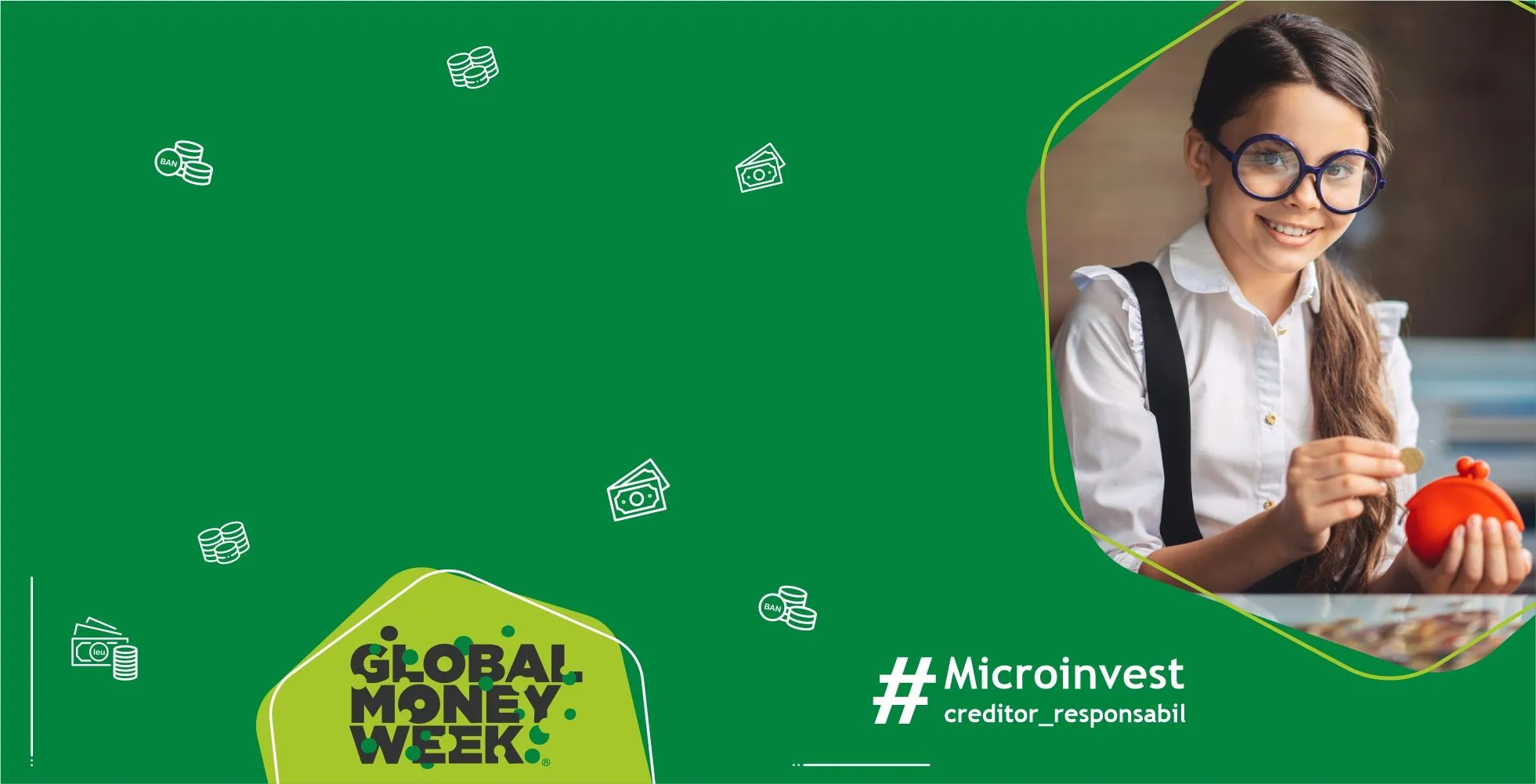Îi folosim zilnic când mergem la market sau cafenea, achităm serviciile sau taxa pentru transport. Ba mai mult, fără bani nu am putea vorbi despre bugete, transferuri, salarii și chiar credite. Totuși, te-ai gândit vreodată, când au apărut primii bani și cum au evoluat de la primele monede din metale prețioase până la bancnotele moderne și cardurile bancare? Te invităm să găsești răspuns la toate aceste întrebări și să afli lucruri curioase despre primele mijloace de plată.

Înainte de apariția banilor, oamenii făceau comerț prin schimburi de bunuri. Acest tip de plată era cunoscut drept „troc”. Pieile de animale, sarea, grâul și chiar vitele erau primii „bani” ai oamenilor de cândva, greu de transportat, dar și numărat. În căutarea unui sistem de plată mai confortabil, oamenii au ajuns la ideea de a folosi lucruri mici pe post de bani, numiți „bani marfă”. Astfel, pentru plăți erau utilizate pietre, fildeș, dinți de animale și cochilii de scoici. În zona noastră, cel mai des se întâlneau vârfurile de săgeți. Ulterior, au început să fie confecționate primele monede.
O călătorie în lumea monedelor
Monedele din metale prețioase au început să fie bătute pentru prima oară în Cetatea Lidia, în anii 640 î.Hr., dintr-un aliaj special de aur și argint. Acestea aveau aceeași valoare ca și metalul prețios din care erau produse, iar pentru garanția greutății erau marcate cu un sigiliu al regelui. Tot în colonia grecească a apărut și primul bancher – Pithius. Fiecare imperiu avea propriile sale monetării și monede. Cele mai cunoscute monede pe teritoriul Daciei antice au fost „drahma” de argint, kosonii de aur și denarii republicani.

Și că tot vorbim despre monede, în unele regiuni existau monede de-a dreptul ciudate. O legendă grecească spune că unul din cei Șapte Înțelepți ai Greciei antice, Solon, a bătut o monedă de dimensiunile roții unui car, cu scopul de a dezvăța grecii să adune bani în exces. Monede gigante erau folosit și pe insula Yap. Pentru a fi transportate, acestea aveau o gaură specială pe mijloc și erau prinse pe o prăjină. Cea mai mare monedă descoperită pe aceste teritorii avea diametrul de 3 metri și greutatea de până la 5 tone. Acestea erau păstrate în fața locuinței, fiind semn al averii.
Când și unde au apărut pentru prima oară bancnotele?
Sistemul monetar a fost unul din cele mai de succes mijloace de plată. Totuși, utilizarea banilor din metal era problematică în cazul bunurilor costisitoare, pentru care era nevoie de un volum mare de monede. Ba mai mult, acestea erau și o țintă bună pentru hoți, în timpul transportării. Drept soluție, au apărut primii bani din hârtie, numiți inițial „hârtii de valoare” sau „bani reprezentativi”. Fondatorii primelor bancnote sunt considerați chinezii, tot ei au inventat și hârtia.

Primele bancnote funcționau în modul următor: bancherii sau aurarii, păstrau monedele în locuri sigure și eliberau niște chitanțe, unde indicau suma totală de bani. Cu timpul, hârtiile eliberate au început să fie folosite ca mijloace de plată, iar utilizarea lor a dat naștere bancnotelor pe care le știm astăzi. Apropo, știai că cea mai mare bancnotă din hârtie este de dimensiunea unei foi A4 și valorează 100.000 de peso filipinezi? Iar cea mai mică bancnotă din lume au emis-o cei din Marocco, având dimensiunea unui timbru pentru scrisori.

Leii moldovenești pe care îi avem astăzi, au fost introduși în circulația abia în anul 1993, fiind emiși sub formă de bancnote și monede metalice. Strămoșul leului este considerat talerul olandez, care avea gravat un cap de leu, de la care îi vine și denumirea. Talerii au fost folosiți ca mijloc de plată pe teritoriul Moldovei și Țării Românești în secolul XVII.
„Nu e de ajuns să ai bani, trebuie să ştii să-i cheltuieşti”
De-a lungul timpului, banii au trecut prin mai multe forme și etape de dezvoltare, ceea ce a făcut omenirea să înțeleagă pe deplin valoarea și importanța lor. De la scoici, pietre și boabe de cafea, până la bani electronici și carduri bancare, am avut de parcurs mii de ani și cine știe ce ne mai așteaptă. Un lucru rămâne cert indiferent de perioadă – arta de a-i gestiona. Nu e o artă să faci bani, dar e o artă să știi să-i administrezi corect.

Noi te îndemnăm să-ți gestionezi corect banii, fie că e vorba de banii cash sau cei electronici. Pentru mai multe detalii interesante despre educația financiară nu ezita să fii alături de #Microinvest_creditor_responsabil, pe tot parcursul Săptămânii Internaționale a Educației Financiare. Avem pe listă și alte activități interactive despre bani și credite.
